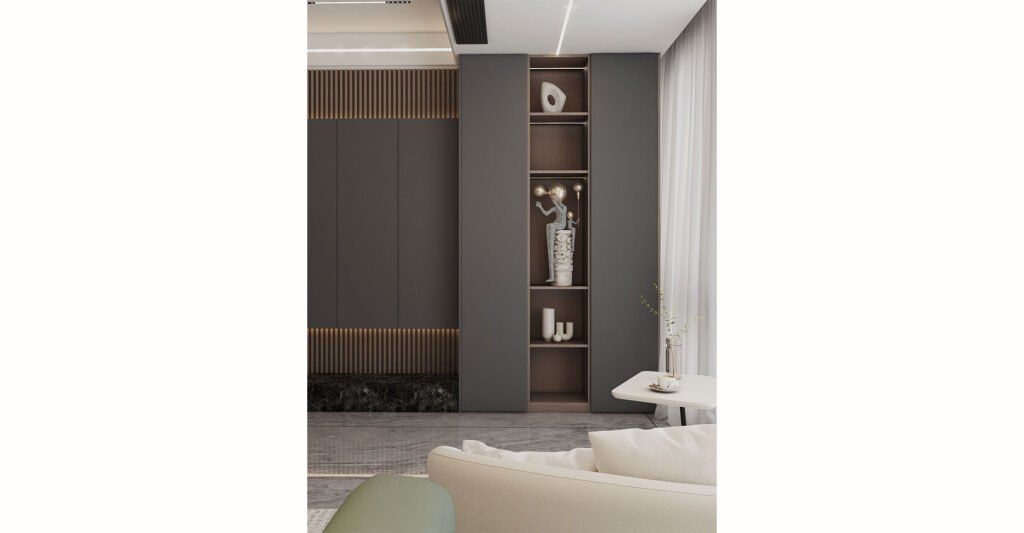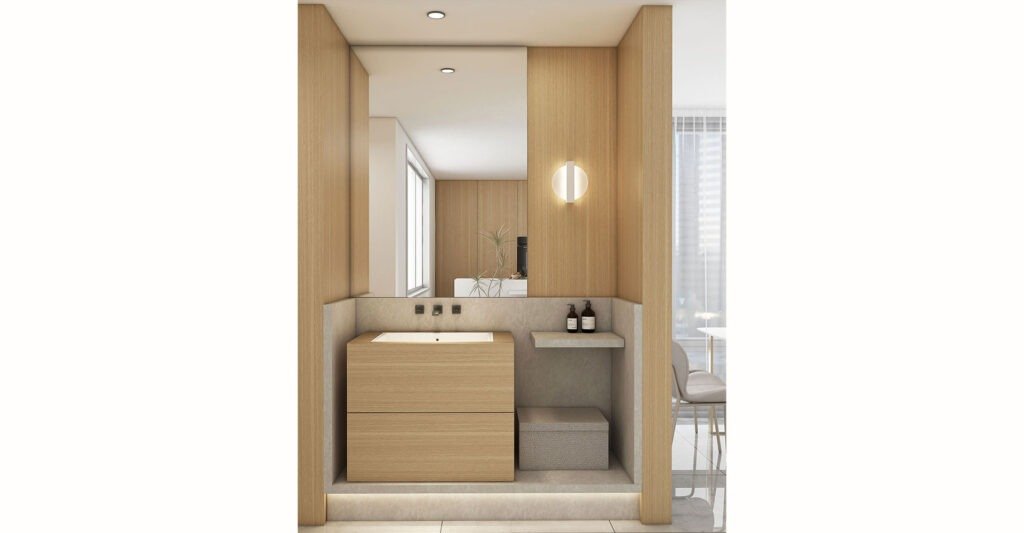Particle board, also known as chipboard, is a versatile engineered wood product that has gained popularity in furniture making, interior design, and construction. Made from wood chips, sawdust, and resin, particle board is an affordable alternative to solid wood and MDF. However, it’s important to understand its strengths and limitations to make the best use of this material. In this guide, we’ll cover what particle board is, its common applications, and its pros and cons.
What is Particle Board?
Particle board is made by combining wood particles, sawdust, and adhesive under high pressure and heat to create a dense, flat panel. The surface is typically smooth, allowing it to be easily finished with veneers, laminates, or paints. The result is a lightweight, low-cost board that is ideal for a variety of non-structural applications.
Common Uses of Particle Board
- Furniture: Particle board is widely used in ready-to-assemble (RTA) furniture, such as bookshelves, cabinets, and wardrobes. Its affordability makes it a popular choice for budget-friendly furniture.
- Cabinetry and Shelving: Particle board is commonly used for cabinets, especially in kitchens and bathrooms. It provides a smooth, flat surface for veneers or laminate finishes, allowing it to blend seamlessly into various designs.
- Countertops: Many countertops are made with particle board as a core material, covered with a layer of laminate or veneer. This provides a cost-effective solution that mimics the look of solid wood or stone.
- Wall Panels and Partitions: Due to its lightweight nature, particle board can be used for wall paneling and partitions in offices, stores, and even homes. It’s easy to install and can be finished with various coverings.
- Floor Underlayment: Particle board is often used as an underlayment for carpets and other flooring materials. It provides a stable, flat surface, although it’s not typically recommended for high-moisture areas.

Pros of Using Particle Board
1. Affordability
- Particle board is significantly less expensive than solid wood and other engineered wood products like MDF and plywood. This makes it an excellent choice for budget-conscious projects.
2. Lightweight
- Compared to solid wood and MDF, particle board is lighter, making it easier to transport, handle, and assemble. This is especially useful for RTA furniture and cabinetry.
3. Smooth Surface for Finishing
- Particle board has a smooth, flat surface, which is ideal for laminates, veneers, and paint. This allows for various aesthetic finishes, giving it the appearance of more expensive materials.
4. Eco-Friendly Option
- Particle board is often made from recycled wood materials, including sawdust and wood chips. This means it uses fewer raw resources and reduces wood waste, making it an eco-friendly option.

Cons of Using Particle Board
1. Low Durability
- Particle board is less dense than MDF or plywood and is prone to damage, such as chipping, cracking, and bending, under heavy loads or impacts. It’s not recommended for load-bearing applications or high-traffic areas.
2. Poor Moisture Resistance
- Particle board absorbs moisture quickly, which can cause it to swell, warp, or deteriorate over time. It’s generally unsuitable for use in areas with high humidity or frequent water exposure, such as bathrooms and outdoor spaces.
3. Limited Lifespan
- While particle board can serve well in temporary or budget-conscious projects, it doesn’t have the same longevity as solid wood or high-density engineered woods. Over time, it may lose strength and degrade, particularly in harsh conditions.
4. Difficult to Repair
- Unlike solid wood, particle board is challenging to repair if it gets damaged. Once it chips or cracks, repairs are typically not very durable, and replacements may be necessary.
5. Limited Aesthetic Versatility Without Finishing
- Although particle board can be finished with laminates or veneers, it lacks the natural grain and texture of real wood, limiting its appeal in certain applications. It relies on surface treatments to achieve a more polished look.
Tips for Using Particle Board in Projects
To get the most out of particle board, consider the following tips:
- Use in Low-Moisture Areas: Avoid using particle board in areas with high humidity or direct water contact, such as bathrooms or kitchens near sinks, unless it’s sealed with water-resistant coatings.
- Apply Edge Banding: Particle board edges are often more susceptible to moisture. Applying edge banding can help seal and protect these edges, improving durability and appearance.
- Proper Fastening: Use appropriate fasteners, such as screws with coarse threads, and pre-drill holes to prevent splitting or cracking when assembling particle board furniture.
- Seal the Surface: If using particle board in areas with occasional moisture exposure, consider sealing it with a water-resistant primer or finish to prolong its lifespan.
Conclusion
Particle board offers an affordable, versatile solution for many interior applications, from furniture to cabinetry. While it may not match the durability of solid wood or MDF, its cost-effectiveness and adaptability make it a viable choice for budget-friendly projects. At Tacon Wood Industry, we specialize in high-quality, cost-effective particle board options suitable for a range of applications. If you’re looking for reliable, affordable particle board, feel free to contact us at taconsales86@gmail.com.




